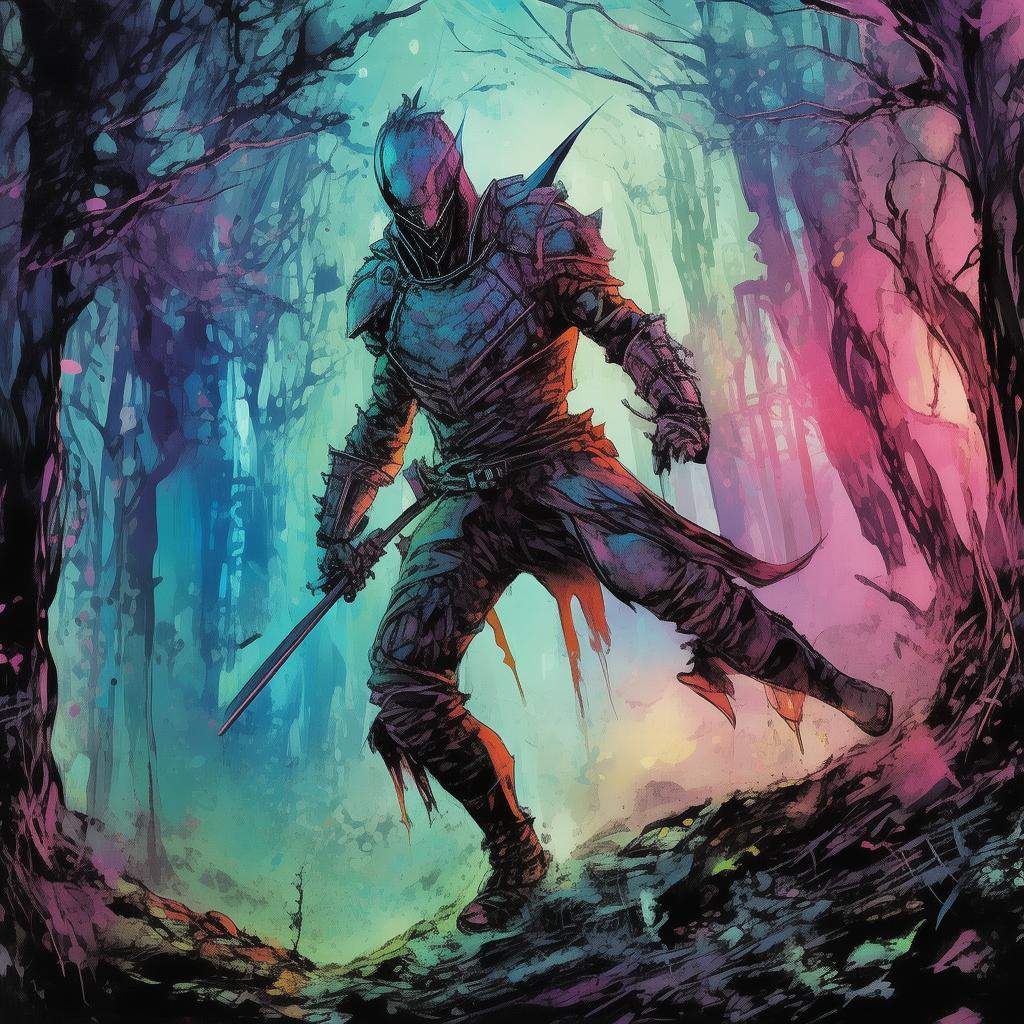The Secret of the White Robe: The Unveiling of an Artistic Revelation
In the vibrant city of Florence, the air was thick with the scent of innovation and the hum of artistic debate. The Renaissance was in full bloom, and the streets buzzed with the activity of scholars, painters, and architects. Amongst the throng of creative minds, there was one figure whose legend was as enigmatic as the white robe he wore: Lorenzo de' Medici.
The robe, a simple, elegant garment, had been a part of the Medici family's legacy for generations. It was said that the robe was not merely a piece of clothing but a symbol of the family's power and influence. The story went that only the Medici heir could wear the robe, and its presence was a testament to the family's dominance in the political and artistic spheres.
In the year 1500, a young artist named Michelangelo Buonarroti found himself at the heart of the Renaissance's most profound mystery. He was a prodigy whose work had already captivated the city, but it was his encounter with the white robe that would change the course of his life forever.
One evening, as Michelangelo wandered through the corridors of the Medici palace, he stumbled upon a hidden chamber. The door was ajar, and the dim light cast eerie shadows across the room. His curiosity piqued, Michelangelo pushed the door open and found himself face to face with the white robe, draped over a pedestal.

The robe itself was a masterpiece, woven with intricate patterns and adorned with symbols that seemed to tell a story. Michelangelo's heart raced with excitement as he realized that the robe was no ordinary piece of clothing. It was a canvas, a canvas that had been waiting for someone to see its true potential.
As Michelangelo examined the robe, he noticed a series of symbols that seemed to point towards a hidden message. He was drawn into a labyrinth of historical lore, learning that the robe was connected to the Medici family's most guarded secret: the discovery of a lost masterpiece by the great Leonardo da Vinci.
The story went that Leonardo had been working on a painting that would revolutionize the art world. However, as he neared completion, he had been called away on a political mission, leaving the painting incomplete. The robe was said to be a key to the masterpiece, a guide that would lead the way to Leonardo's hidden work.
Determined to uncover the truth, Michelangelo began his quest. He sought out the Medici's closest advisors, hoping to uncover any clues they might have. Each conversation led him deeper into the web of political intrigue, where betrayal and deceit were as common as the sun's rise.
Michelangelo's journey was fraught with danger. He found himself in the crosshairs of powerful enemies who wanted to keep the secret hidden at all costs. Yet, he pressed on, driven by his belief that the world needed to see Leonardo's masterpiece.
The climax of Michelangelo's adventure came when he discovered the hidden chamber where Leonardo had worked. The chamber was filled with sketches, notes, and the remnants of the unfinished painting. Michelangelo's heart swelled with pride as he realized that he had finally uncovered the truth.
The painting was a marvel, a testament to Leonardo's genius. It depicted a scene of the Last Supper, but with a twist that would change the way the world saw this religious narrative. Michelangelo's eyes were filled with tears as he realized the impact this discovery would have on the Renaissance.
With the painting finally complete, Michelangelo knew that his role in history was secure. The white robe, once a symbol of power, had become a symbol of the artist's triumph over adversity. The robe was no longer just a piece of clothing; it was a symbol of the Renaissance's unyielding spirit.
The story of Michelangelo and the white robe spread like wildfire through Florence. It inspired a new generation of artists to push the boundaries of their creativity. The white robe, now a part of Michelangelo's legacy, would forever be a reminder of the power of art and the indomitable human spirit.
In the end, Michelangelo's discovery was not just a triumph for him, but for the entire Renaissance era. The white robe had revealed not only a masterpiece but also the potential for art to transcend time and space, leaving an indelible mark on the world.
✨ Original Statement ✨
All articles published on this website (including but not limited to text, images, videos, and other content) are original or authorized for reposting and are protected by relevant laws. Without the explicit written permission of this website, no individual or organization may copy, modify, repost, or use the content for commercial purposes.
If you need to quote or cooperate, please contact this site for authorization. We reserve the right to pursue legal responsibility for any unauthorized use.
Hereby declared.









